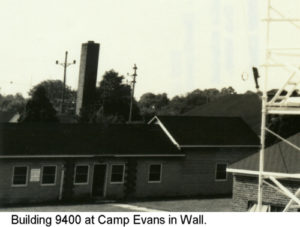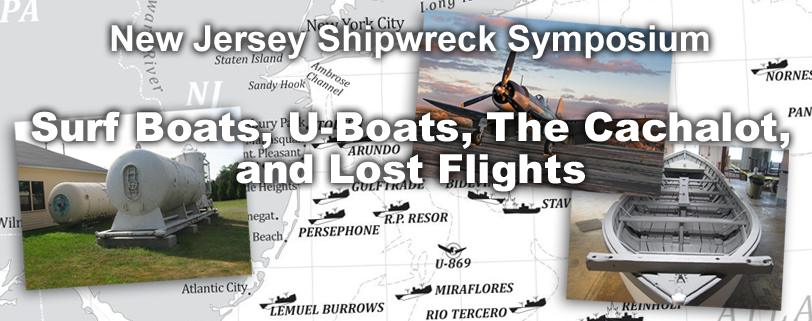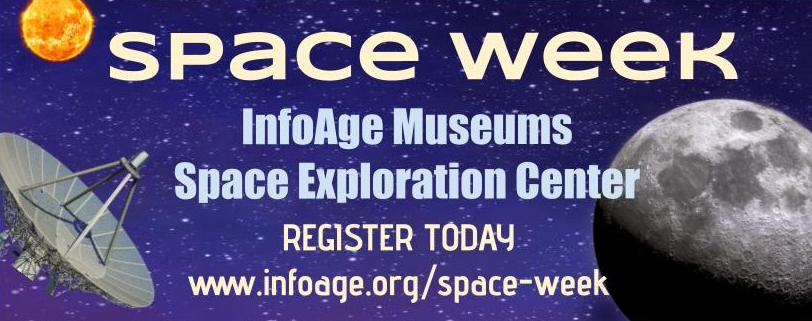The History of InfoAge Science & History Museums
Top secret Cold War History at Camp EvansPublished in The Coast Star
January 11, 2007
By Fred Carl
Page 8
When one thinks of a front in the cold war, one might think of the Berlin Wall or Alaska with the DEW line of early warning radars, not Wall Township. In fact, Wall Township’s Camp Evans was an active atomic weapons surveillance site and the home of a laboratory where America’s cold war defenses were improved with advanced electronics. The troops were not home from WWII when the cold war came to Wall. Science and especially radar, the  invention that saved democracy, was now called to keep democracy secure from the weapons advances of the Soviet Union. The Soviet Union and the allies made a grab for German rocket technology and German scientists. America had the atomic bomb. The Soviet Union was determined to develop its own atomic weapons and the rockets to deliver them. America had to be ready.
invention that saved democracy, was now called to keep democracy secure from the weapons advances of the Soviet Union. The Soviet Union and the allies made a grab for German rocket technology and German scientists. America had the atomic bomb. The Soviet Union was determined to develop its own atomic weapons and the rockets to deliver them. America had to be ready.
America’s first success was on January 9, 1946, in Wall Township with Project Diana. Its defense goal was to advance radar technology to be capable of warning of Soviet rockets heading toward our county. Rockets traveled above the ionosphere in space where the best radars could not track them. Project Diana showed radar could continue to protect America in the space age. In 1949 the Soviet Union, with the help of a spy, developed atomic weapons technology. They had long-range bombers to deliver them. The shortest air route to America was over Alaska and Canada. Camp Evans engineers were called upon to rework mobile radar units to withstand the harsh 30 degrees below zero temperatures and snows of Alaska. These units were deployed in Alaska until the permanent DEW line of radar installations was completed in 1957.
America needed to know how powerful the atomic weapons the Soviet Union was testing. How could surveillance be carried out from across the globe in Wall? Camp Evans engineers used acoustic and seismic sciences to develop detectors that could convert the vibrations in the earth’s crust created by an atomic blast into electric pulses. The special microphones were placed in long pipes that were buried near Belmar Boulevard, in secret locations in Turkey and other friendly countries. The detectors were connected to Wall from around the globe by teletype to report their data 24 hours a day. In a very simple concrete building given the number 9400, the Top Secret 9677 Technical unit did the analysis of the mass of data. Reports were prepared for the Pentagon each day. The work was routine except for two very eventful days. On October 20, 1953, Senator Joe McCarthy and his staff visited Camp Evans as he was worried there were communists spies in the secret radar laboratory. As a United States Senator, he had Top Secret clearance and he was allowed into building 9400. His demands to allow his attorney, Roy Cohn, into the project were refused as he did not have clearance. The resulting arguments and threats contributed to McCarthy’s eventual downfall. On October 16, 1964, the vibrations of an atomic blast were detected, but not in the Soviet Union. On that day, the 9677th staff in Wall informed the Pentagon that China had entered the arms race. Today the world knows the North Korean government has atomic weapons. Somewhere, possibly in a simple concrete building, the vibrations of the underground test was detected. A more advanced implementation of the technology pioneered at Camp Evans once again alerted America of peril. Page created January 11, 2007.
We Need Your Help! Volunteer with Us.
Join our mission to preserve historic Camp Evans and teach the public about science and history.
Sign up to join our team of volunteers and start on your own mission today.
InfoAge Science & History Museums
2201 Marconi Road
Wall, NJ 07719
Tel: 732-280-3000
info@infoage.org
webmaster@infoage.org

